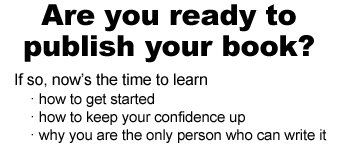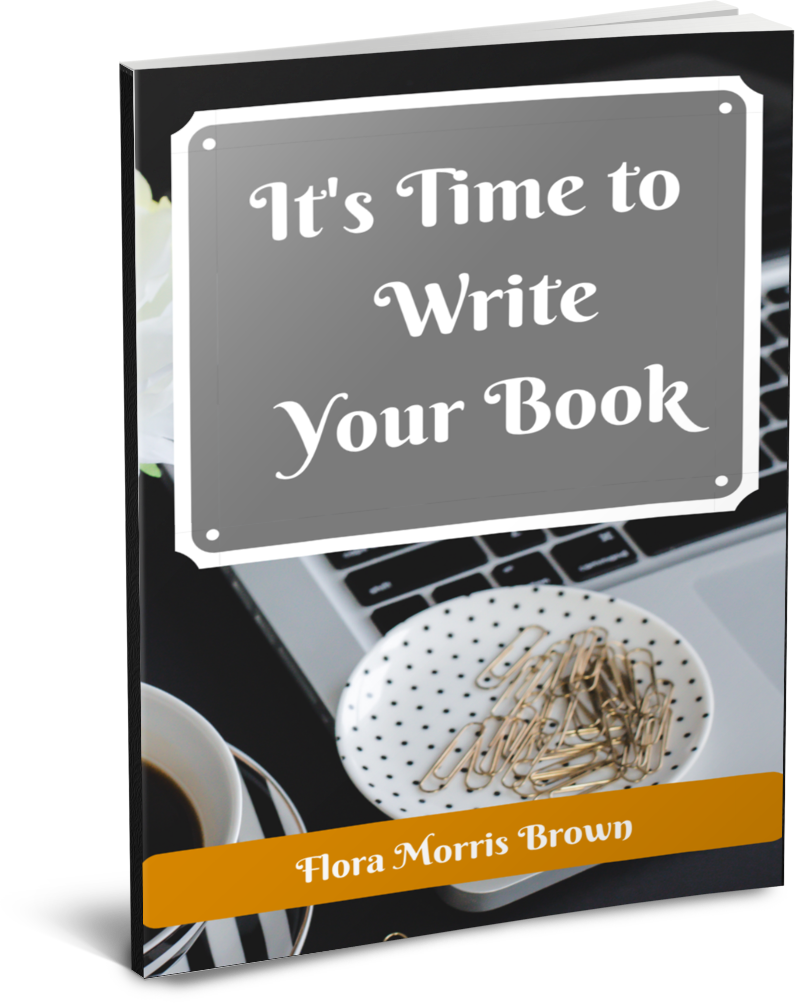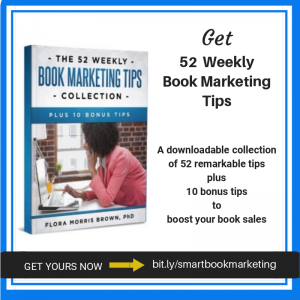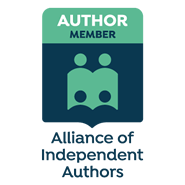 A recent ad from a local store featured a party cooler for sale. Although the cooler was pictured filled with ice and canned soda, printed in parentheses was “Sodas and ice not included.” While most of us would realize that the ice and soda were intended to show how the cooler looks when in use, without this disclaimer there are a few shoppers who could claim that the picture lead them to believe it was included.
A recent ad from a local store featured a party cooler for sale. Although the cooler was pictured filled with ice and canned soda, printed in parentheses was “Sodas and ice not included.” While most of us would realize that the ice and soda were intended to show how the cooler looks when in use, without this disclaimer there are a few shoppers who could claim that the picture lead them to believe it was included.
Just as clearly stating what is being offering is critical to success in advertising, so is it important in your book title. Your book title is a billboard, a promise, an agreement to deliver certain content.
Here are some tips for choosing your title.
1. Create one sentence that sums up the contents of your book.
Within that sentence are the keywords that could be in your title.
2. While titles cannot be copyrighted, steer clear of emulating popular titles.
and and have already been done.
3. Settle on a working title while you’re writing your book.
The perfect title may not be apparent at the start. By the time you finish your book, however, the title will likely emerge.
4. Reflect the tone of your message in the title.
If you’re writing a how-to book, you don’t want your title to mislead your readers into thinking it’s a sizzling romantic novel.
It may result in sales, but readers will be disappointed and unfulfilled.
5. Notice the nickname or short name you’ve given your book while you’re writing it.
That may be a great title. One of the actors from the sitcom, That 70’s Show, revealed that this was not the original title, but the nickname
they gave it during rehearsals. By the time it was ready for launch, the producers decided that the nickname was the right name for the show.
6. Listen to how you respond to questions about your book when you are speaking to groups or your accountability partner.
John Gray came up with “Men are from Mars, Women
are from Venus” in an effort to explain the differences in men and women during
at one of his live presentations. He knew he had found the right title for his book on relationships.
7. Go for a simple and clear title rather than fail at being clever.
- The “how to” title is still the most popular because it appeals to our never-ending quest for doing things, taking action and making improvements.
- “Murder at the [location]” will still grab mystery lovers.
- The [odd number] Ways to [do or accomplish something that we want] is irresistible with its promise of actionable steps.
8. Give your book a subtitle, if necessary for clarity.
One book that could have benefitted from a subtitle is “How to Avoid Huge Ships” by John W. Trimmer.
When Captain Trimmer got tired of running into small boats, he wrote this serious book directed at small boat owners/operators to help them avoid getting into the pathways of big boats which can not always see much less miss hitting them. Unfortunately, many of the 186 Amazon “reviewers” had a lot of fun with this book title. With the price tag of $75, it’s not likely most of the reviewers actually bought the book, but they couldn’t resist aiming at that title.
Here are some of the reviews of Trimmer’s book that made me laugh out loud.
- Read this book before going on vacation and I couldn’t find my cruise liner in the port. Vacation ruined.
- Huge ships have been the bane of my life, so I was very excited when I bought this book. However, Captain Trimmer does not provide the helpful and insightful advice that I had hoped for and I did not feel that this book had any noticeable effect. If anything, I now encounter more huge ships than ever! Would not recommend.
- After reading this book, I relized[sic] exactly what I was doing wrong everytime I was run over by bardges[sic] on the mighty Mississippi. I always played dead and hoped the boats would go away, like I was taught by a book I read, “How To Survive Bear Attacks.” I guess I thought the lessons taught by that book applied to everything life, but it clearly meant just bears. Now I am surviving the waterways better than a BP oil rig.
- I give this book five stars because it is by far the best treatise to date regarding the avoidance of huge ships. BUT C’MON, PEOPLE! Did you learn nothing in the sixties? Avoiding huge ships won’t solve the problem. Separate but equal waterways only drives us further apart. It is the lack of understanding between the huge and non-huge vessel communities that lead to well-intentioned but misguided tomes such as this. We must begin a dialogue with our huge brethren. Remember–we are all floating on the same ocean. I have a dream… that one day ALL vessels will be judged not by their tonnage, but by the content of their cargo. Next time a huge vessel approaches, just ask yourself “WWPD?” (What would Popeye do?)
- As the father of two teenagers, I found this book invaluable. I’m sure other parents here can empathize when I say I shudder at the thought of the increasing influence and presence of huge ships in the lives my children. I certainly remember the strain I caused so long ago for my own parents when I began experimenting with huge ships. The long inter-continental voyages that kept my mom and dad up all night with worry. Don’t even get me started on the international protocols when transporting perishable cargo. To think, I was even younger than my kids are now! huge ships are everywhere and it doesn’t help that the tv and movies make huge ships seem glamorous and cool. This book helped me really approach the subject of huge ships with my kids in an honest, open and non judgmental way. Because of the insights this book provided, I can sleep a little better and cope with the reality that I can’t always be there to protect my kids from huge ships, especially as they become adults. I’m confident that my teens, when confronted by a huge ship, are much better prepared to make wiser decisions than I did. At the very least my children certainly know that they can always come to me if they have any concerns, questions or just need my support when it comes to the topic of huge ships.
Are you unsure about your title? I would love to be your partner in choosing a title that makes a promise your book will keep. If you are ready to begin, pop me an email right now with “READY” in the subject line at [email protected] . Be sure to include your phone number and I’ll call you within 24 hours.
I’m going over to check for your email right now.














